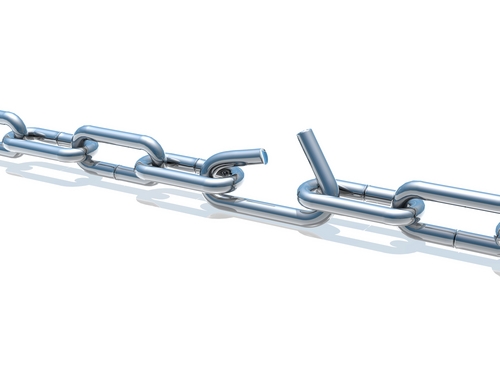
The hypo given above describes the essential facts in the California Court of Appeals case of Garbell v. Conejo Hardwoods, Inc. (LC076832). The Second Appellate District in Garbell reaffirmed the established tenet of California law that Plaintiffs in civil cases do not need to prove causation with absolute certainty, but rather only need to show that their theory is probable given the evidence at hand. In reaffirming this principle, the Garbell court rejected the Defendant’s contention that expert testimony was required to establish every link in the chain of causation, and instead held the expert investigator’s process of elimination based analysis to be sufficient.
The fire investigator in Garbell concluded that the fire began in the garbage can and eliminated all causes of the fire except for a smoldering discarded cigarette or spontaneous combustion. The court directed a verdict in favor of the defense on the spontaneous combustion theory, leaving the jury only the discarded cigarette theory of causation to consider. Since the investigator could not testify if it was more likely than not that the smoldering cigarette belonged to one of the Defendant’s workers rather than some other third-party, the defense argued that there was insufficient evidence that the Defendant was responsible. The jury disagreed by ruling for the Plaintiff, and the court upheld the jury’s finding permitting the jury to draw reasonable inferences from the evidence that the Defendant was to blame.
The end result of this case provides two valuable lessons. First, the next time you can’t affirmatively prove causation, don’t be dismayed, a process of elimination based analysis may be sufficient to prove your theory. Second and equally important, expert testimony, such as the fire investigator’s above, is substantially more likely to be admissible in courts (such as in California state court) following the Kelly/Frye "general acceptance test" governing the admissibility of expert opinions, as opposed to Daubert (followed in federal court and in some states) whereby the test for admissibility of expert opinions is much more stringent. It is unlikely that the investigator’s process of elimination based analysis in Garbell was tested or peer-reviewed, which are both significant factors that would be considered in determining the admissibility of this testimony under Daubert, unlike under the applicable Kelly/Frye standard where the theory must only be shown to be generally accepted in the particular field. Therefore, it’s always important to analyze the expert opinions needed to establish your case in weighing whether to file in a court following Daubert as opposed to Kelly/Frye, as a court applying Daubert just might require your expert to prove those additional missing links in the chain.



